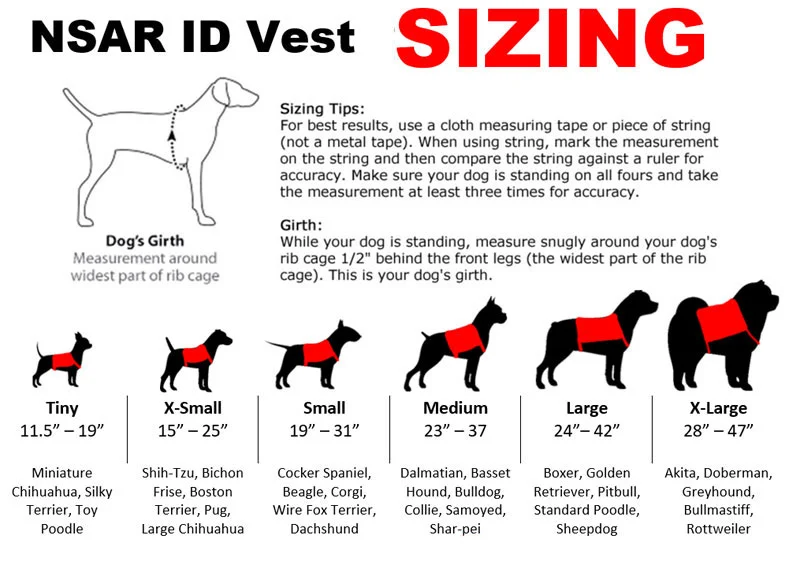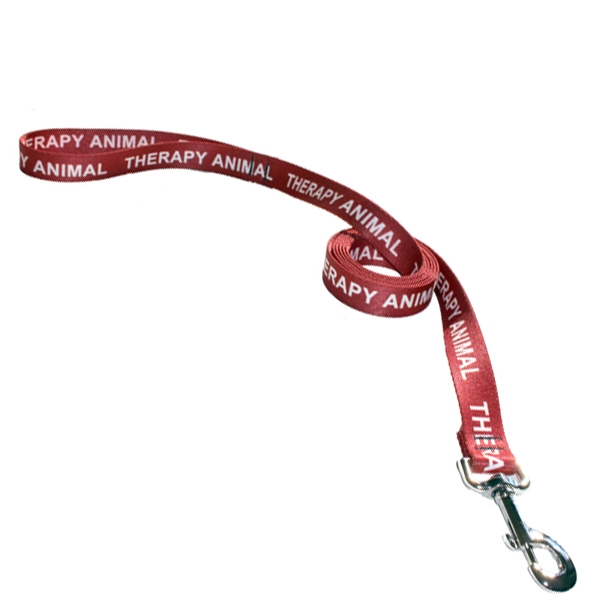How to Get an Emotional Support Animal in the USA

Animals can lift your spirits; this is an accepted fact. But if you have a mental or emotional disorder, you, like many people, may benefit even more from keeping a critter by your side, as often as possible.
Because pets aren’t always permitted where you live (or want to live), and the cost for your pet to travel on an airplane is costly (up to $150 each way), you can jump through some hoops to qualify your cat, dog, or other pet as an emotional support animal and get some cool benefits. Valid emotional support animals are not considered pets.
Because emotional support animals aren’t considered pets, but instead, assistance animals, they help people have an equal opportunity to enjoy housing and air travel with the dog or cat, and without a fee. That means a landlord or airline cannot restrict an ESA because it is a certain breed or charge fees or deposits in connection with an ESA.
In addition, your emotional support animal may fly with you in the cabin of an aircraft and you can’t be charged a fee. Are you interested in getting an emotional support animal (ESA)? Do you wonder what type of animal can become an ESA? Or are you ready to get an emotional support animal and want to want to know exactly how to do it?
Here is everything you need to know about how to get an emotional support animal in the USA – or make your pet one – and make sure it (and you) gets the special treatment it deserves:
Will Your Pet Qualify?
In a word, yes! All domesticated animals may qualify as an ESA (cats, dog, mice, rabbits, birds, snakes, hedgehogs, rats, mini pigs, ferrets, etc.) and they can be any age (young puppies and kittens, too!). These animals do not need any specific training because their very presence mitigates the symptoms associated with a person’s psychological/emotional disability. The only requirement is that the animal is manageable in public and does not create a nuisance in or around the home setting.
Although any domesticated pet will qualify as an emotional support animal, nearly all airline companies have been allowed by the US Dept. of Transportation to restrict emotional support animals to dogs and cats only. If you don’t plan to travel with your emotional support animal, however, then your hedgehog will qualify. Even if you have a Pitbull and the apartment complex you want to move to bans Pitbull’s, you can’t be denied an apartment because of your Pittie.

If you already have a pet, that pet can serve as your ESA if you qualify for an ESA letter. If you do not have an ESA and are interested in adopting one, we recommend reaching out to your local animal shelter or rescue organization to find your perfect ESA. If you have your heart set on a specific breed that is hard to find in at a shelter or rescue, another option is to reach out to a responsible breeder.
If you don’t have a pet, consider adopting one from your local shelter. Many people find just the right dog or cat … and one that needs a loving home. Owning an emotional support animal is a serious commitment and choosing an ESA with the right temperament and attributes for you and your situation is important. Developing a strong connection with your emotional support animal will help make your ESA more effective in relieving the symptoms of your disability.
Below are three (3) basic steps you should consider to get an emotional support animal.
Here’s How You Qualify
Decide if you can benefit from having an emotional support animal
First, you must decide if you will benefit from having an emotional support animal. Emotional support animals are available to anyone that is suffering from a disability, which can be a mental illness or emotional distress condition. According to federal law, an ESA letter must come from a licensed health care provider, but recognizing that you may have a condition that could benefit from an emotional support animal to minimize the symptoms you are experiencing is the first step.
There are several conditions recognized in the Diagnostic and Statistical Manual (DSM V) for which an emotional support animal can be beneficial. These include:
- Learning Disabilities
- Attention Deficit Disorder (ADD)
- Anxiety Disorders
- Depression
- PTSD
- Phobias
Get an ESA letter from a licensed mental health professional

Next, you’ll need an ESA letter from a licensed mental healthcare professional or physician to formalize things and make it legal. If you have severe anxiety, depression, post-traumatic stress disorder, or another emotional or mental illness, you may be able to have your licensed therapist or family practitioner write you an ESA letter. They’ll also need to be willing to complete3rd party verification forms from airlines (if you plan to fly with your emotional support animal) and property managers (for rental housing).
If you don’t have a therapist or your therapist or family physician is unwilling to write such a letter, you can attain an ESA letter from a licensed therapist online (it’s easy and legitimate) from a reputable company like National Service Animal Registry (NSAR). NSAR is a licensed mental health services agency that specialize in online/telephone disability assessments and offers letters of prescription to clients who qualify. They also register and provide all the accessories that make having an emotional support animal confrontation-free.
Consider registering your ESA and dressing him/her the part.
Although you don’t legally need to register your emotional support animal, carry an ID card, or have your ESA wear a special vest when in public, airline companies strongly encourage it, and those who have lived and travelled with an ESA will tell you that legitimizing your emotional support animal makes life abundantly easier and minimizes confrontation. National Service Animal Registry provides all these services and is the oldest service provider.


















































